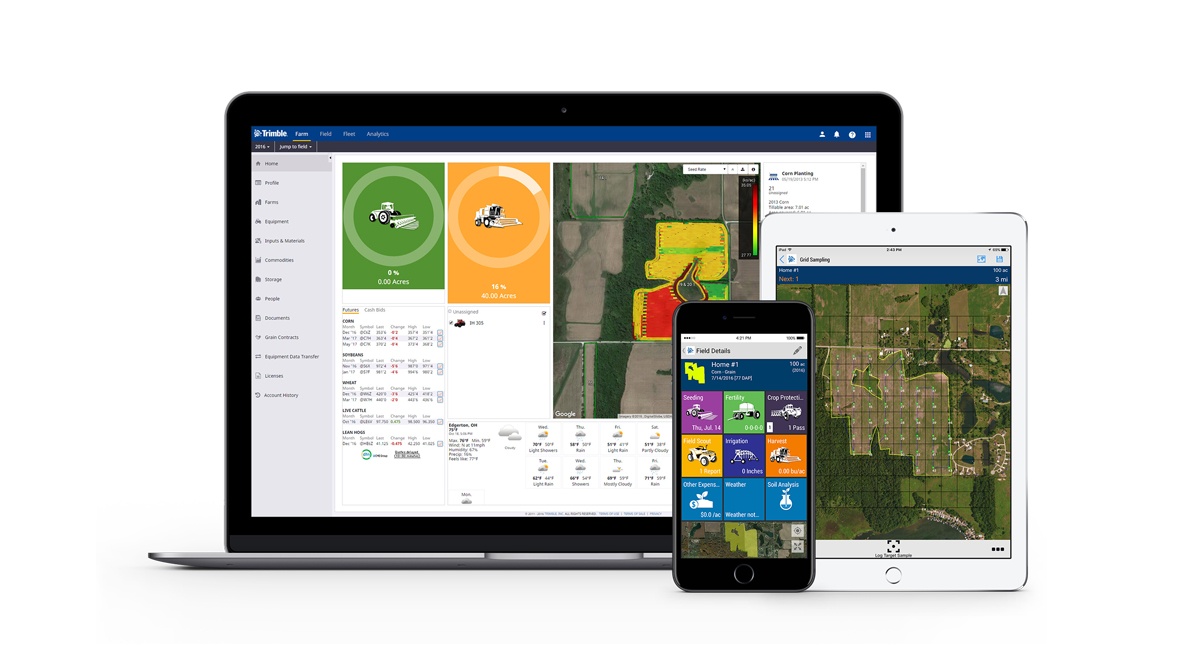Save Money With New Ways to Manage Farm Debt
December 24, 2016
There are several options out there for farmers who need to access funds to finance a new project or assist with cashflow needs. The challenge is determining which option offers the best solution to fit your financing needs, your budget and your unique farming operation.
First, let’s look at the situation from the point of view of the lender. Before sitting down to a meeting, be sure to consider their needs. The lender will want to clearly understand the project they are being asked to finance, so go in with all the necessary material. They will also want to know if the farm will be able to generate enough extra cash flow to repay the mortgage and interest. In addition, the lender is going to need to understand how the loan will be paid back in case the project fails.
As a general rule, open two-way communication with lenders is the best way to set the groundwork for a successful financial arrangement. Consider providing descriptive cash flow models and detailed business plans — both are great tools to help convince a lender that they would be entering into a relationship with a farmer that has a firm understanding of his operation’s finances.
Second, let’s consider two general guidelines that help align the credit facility with the project to be financed:
1. Make a Good Match
Align the amortization period of the loan with the longevity of the underlying asset, i.e. long-term assets should be financed with long term financial products, intermediate assets with intermediate financial products and short-term assets/cash flow needs with short term/revolving financial products.
Long-term financing
If you want to buy farmland or buildings, which have a useful life of more than 20 years, consider using long-term financial products such as mortgages (fixed or variable term). On average, these financial products have very low interest rates, as they are normally secured by appreciating assets. Furthermore, some of these low interest rates can be locked in for up to 20 years. Right now, several financial institutions offer interest rates in the two percent range.
Intermediate financing
Next in line are the intermediate loans, which includes equipment loans. These loans have normal amortization periods between three and seven years, but are typically about five years for farm implements such as tractors and combines. Shorter terms are available for items such as computers that typically have a shorter lifespan. These loans carry higher interest rates as they cover higher risk assets. For example, a combine bought with such a loan depreciates in value and can be easily disposed of by the owner without informing the financial institution.
Short term financing
Short-term loans/revolving credit lines have an amortization period of up to one year and are normally utilized for day-to-day operating cash flow. These loans are used to buy crop input such as seed, fertilizer and chemicals as well as feed and medication for livestock. The interest rates of these loans vary considerably and are dependent on the asset used to secure them. The general idea of the loan is that it is repaid once a year and is only used for a certain time frame during the year, such as to bridge the time between seeding the crop and selling the crop. There are many kinds of short term loans — from credit lines on the account, to cash advances through the Canola Growers Association, to supplier credit and credit cards.
2. Manage Interest Costs
Pay off high-interest loans first and low-interest loans last. Below are two examples of paying off $150,000 borrowed to pay for crop inputs during the year. The only difference between the two options is the interest charged for each product.
The first example shows how using revolving credit wisely can save in the farmer over $1,500 for borrowing money for six-month period. In the first case, a producer borrows $100,000 from the Cash Advance program of the Canola Growers Association with an interest rate of 0%. The remaining $50,000 is borrowed from a financial institution in the form of a revolving loan with an annual interest rate of 4%. The interest for the first example is $163.69.
In the second case, a producer borrows $100,000 from supplier such as a fertilizer dealer with an interest rate of 12.63% and using a credit card for the rest of $ 50,000 with an annual interest rate of 19.75%. Now the farmer has to pay $1,752.73. The difference is $1,589.04, which is considerably more than the first example.
In the end, these two strategies can work hand in hand to lower your borrowing costs as well as your financial stress. First, work carefully to build a strong case showing why the bank should lend the money to the farm. Second, align duration of financing with the asset’s life. Third, try to repay high interest loans/ mortgages first and low interest loans/mortgages last.

